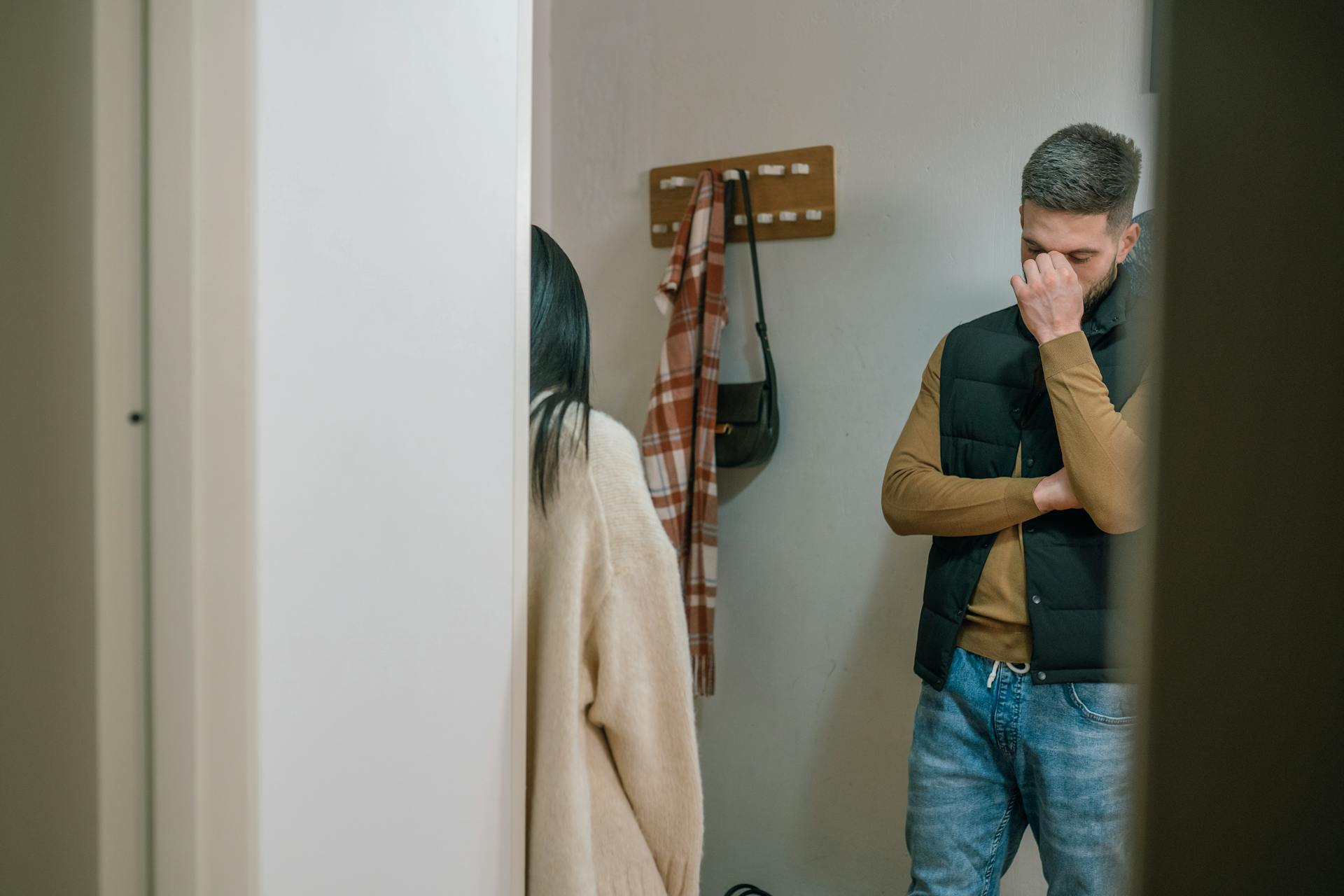
Toxic Relationship: Signs and the Way out of an Unhealthy Relationship
In the world of relationships, there are constellations that drain more energy than they give. Toxic relationships are those emotional whirlpools that can significantly affect well-being and joy in life. In addition to obviously harmful toxic relationships, there are also those that are subtly unhealthy. But how do you recognize a relationship that does more harm than good? What exactly makes a relationship toxic or unhealthy, and is there a way to break free from its grip? This article sheds light on the characteristic features of toxic and unhealthy relationships and offers practical steps on how to recognize, understand, and ultimately overcome such patterns.
Toxic relationships often differ from unhealthy relationships in the extent of damage and manipulation. While unhealthy relationship patterns may be characterized by lack of communication, imbalance in the give-and-take dynamics, or unresolved conflicts, toxic relationships are characterized by deliberate manipulation, emotional or physical violence, and a profound lack of respect and empathy.
What is a toxic relationship?
“Toxic” is derived from the Greek word for “poison” and is an apt description for relationships that harm rather than nurture. A toxic relationship is characterized by an imbalance where at least one person is suppressed, manipulated, or belittled by the behavior of the other. These relationships can have profound negative effects on mental health.
Signs of a toxic relationship: A self-check
There are specific signs that you can look for to determine if you are stuck in a toxic relationship. This section serves as a self-test to sharpen your awareness of possible toxic patterns in your relationship:
- Excessive Love in the Beginning Phase: Have you been showered with excessive affection from the start, a practice known as “love-bombing,” which could be a warning sign?
- Unnaturally Fast Pace: Has your relationship taken on a speed that doesn’t feel right, with early pressure for intimacy, moving in together, or even marriage?
- Emotional Rollercoaster: Do you experience extreme emotional highs and lows, from intense closeness to sudden coldness?
- Constant Criticism: Do you feel constantly criticized for everything you do or don’t do, down to trivial everyday matters?
- Gaslighting: Are you systematically made to feel unsure of yourself by having your perception of reality questioned?
- Blame-Shifting: Are you blamed for all problems and discrepancies, even for your partner’s misbehavior?
- Boundary Violations: Are your personal boundaries repeatedly disregarded, both emotionally and physically?
- Attempts at Control: Does your partner try to control aspects of your life, such as your finances, your social contacts, or your leisure activities?
- Social Isolation: Are you increasingly isolated, either directly or because you feel ashamed and withdraw from your social circle?
- Emotional Dependence: Do you feel strongly attached to your partner despite the negative aspects, almost like an addiction?
Recognizing Psychological Violence in Toxic Relationships
Emotional abuse is a core characteristic of toxic relationships. It is a form of domestic violence aimed at exerting power and control. The methods are varied, ranging from manipulation and intimidation to humiliation and isolation. Victims often experience erosion of their self-esteem and autonomy.
Can a toxic relationship be saved?
The question of whether a toxic relationship can still be saved largely depends on the willingness of both partners to work on the underlying issues and change behaviors. However, in many cases, separation is the healthier path, especially when repeated emotional abuse and manipulation are involved. Professional help in the form of therapy or counseling can be crucial support for both the affected person and the couple. But it’s important to recognize that the responsibility for toxic behavior ultimately lies with the person who perpetrates it. Change is only possible if that person recognizes their behavior as problematic and actively works to change it.
Steps out of the toxic relationship
If you find yourself in a toxic relationship, the first step is to acknowledge it and not be ashamed of your situation. Shame is a powerful tool in the hands of toxic partners to keep their victims in the relationship. Here are some steps you can take to free yourself and heal:
- Seek Support: Reach out to friends, family, or professional help. Having a supportive network is crucial.
- Set Boundaries: Learn to set clear boundaries and communicate them clearly. This can be challenging but is an important step toward regaining your autonomy.
- Develop a Safety Plan: If you are in a situation where physical violence or strong emotional manipulation is involved, it’s important to have a plan for how to safely get out of the situation.
- Educate Yourself: Knowledge is power. The more you know about toxic relationships and emotional abuse tactics, the better you can protect yourself and recognize them.
- Work on Your Self-Worth: Many people stay in toxic relationships because they believe they deserve nothing better. Work on your self-image and recognize your own worth.
- Let Go: The hardest step is often letting go, especially when strong feelings are involved. But remember that your well-being and health come first.
Conclusion: A Fresh Start After a Toxic Relationship
The end of a toxic relationship can be the beginning of a new, healthier chapter in life. It’s an opportunity to rediscover yourself, heal, and build relationships based on respect, love, and mutual support. Remember that you are not alone and that there is help and resources available to support you on this journey. Your experiences can serve as lessons to become stronger and more resilient and establish healthier patterns in future relationships.